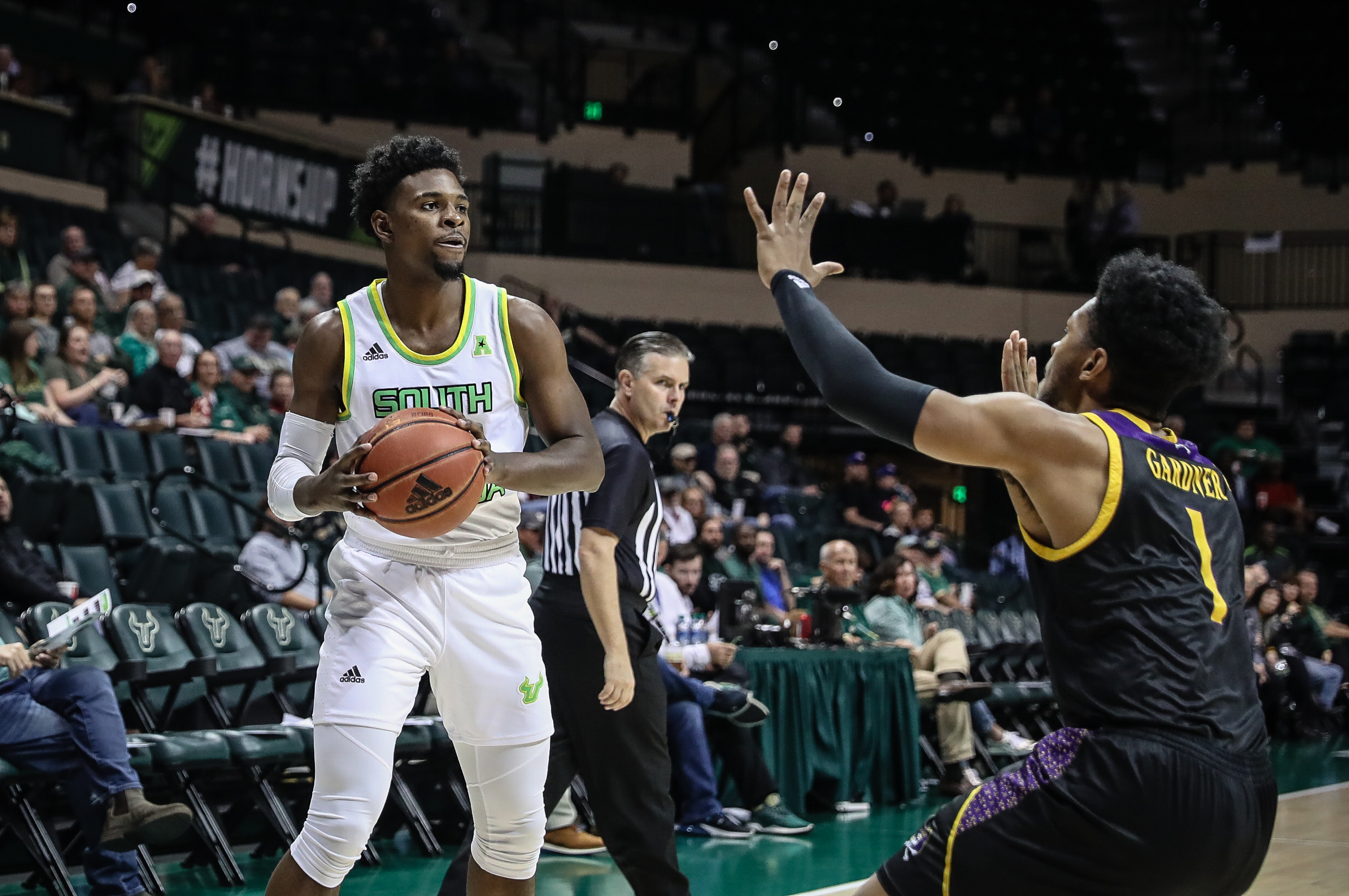Can we get a listen?
Nicola Conte
If you’re searching for good music on television, the place to look is not MTV or other mass-market music venues. For some odd reason, the safest bet for finding good music in recent years has been television car commercials. From Gary Neuman in a VW Golf ad to Dirty Vegas poppin’ and lockin’ in a Mitsubishi Eclipse, rolling out in your whip these days is a way to garner “commercial” success. One Acura advertisement in 2001, with a cool cat and hip chick driving down the California coast in a CL, featured the mod sounds of Italian lounge DJ Nicola Conte.
Before we get genres confused, let me delineate between regular old lounge music and what is referred to as downtempo lounge.” The former is comprised of lounge crooners (think Wayne Newton) singing sappy yet smooth ballads. Downtempo lounge is a primarily instrumental genre mixing kitschy 1950s vibes with electronic backbeats, usually produced by a single DJ. The funny thing about downtempo lounge is how retro it sounds. Think chilled out, Catch Me If You Can sounds with a touch of Euro sophistication.
Conte goes further, throwing acid jazz, Brazillian bossa nova and vocal melodies into the mix. He also includes lots of samples of foreign people saying foreign things, always de riguer. A classically trained composer, Conte is the rare DJ who isn’t against using live instruments. He shows great sensibility on his works, not overdoing the electronic elements, instead letting instruments and instrumental samples blend seamlessly.
His two albums show his versatility within the less than creative electronic scene. Both released on Eighteenth Street Lounge Music, Bossa Per Due and Jet Sounds Revisited have a mellow, urban sound to get you to sip your martini and shake your hips in style. The title track of Bossa Pur Due (the aforementioned Acura song) features the smoothest guitar lick, an ethereal female voice and plenty of spaced-out noises. But right in the middle of the track, Conte isolates the bass groove to let you know he gets down, too.
But he doesn’t just go electro. “Fuoco Fatuo” and “Trappola Mortale” are straight jazz tracks that would make purists tap their feet.
Conte and other artists on ESL remixed tracks from Bossa for Jet Sounds Revisited, all distinctly different, yet capturing the same groovy feel. Both albums make for great party music, but forget the keg–this is for grown ups only.
Andrew Pina
Sea and Cake
How would you like to take a cruise on the Mediterranean on a sunny afternoon, smoking long-stemmed cigarettes and sipping dry martinis?
Yeah, it might sound pricey, but don’t worry about the cash–it will only run you 15 bucks. That is the atmosphere that Sea and Cake creates on its records, lulling the listener into a world of soothing, jazzy art-rock. The band was formed in 1993 as a long-standing side project between the members’ art ventures, writing jobs and other bands (including Tortoise).
The band’s hometown of Chicago significantly affects the Sea and Cake sound. The city’s infamous jazz scene was an especially heavy influence on the band’s early albums, Sea & Cake and Nassau. The two albums lack the mass appeal of Sea and Cake’s later work, but portray attractive musicianship and nouveaux jazz craft.
The band’s next two records would be the masterpieces that cemented Sea and Cake as one of the foremost bands in indie-innovation.
On The Fawn, Sea and Cake’s third release, the band flirtatiously embarked into the experimental. The subtle fusing of computer-generated locale with the band’s shy jazz-rock resulted in an utterly complete indie album.
The subsequent release of The Biz showcased Sea and Cake’s step up artistically. It is a truly brilliant record. Computer-synth invaded the band’s breezy art-rock even further than before and raised its jazz stylings to an uncharted plateau.
Sea and Cake has since ventured into a pop/jazz paradise with Oui and regressed into old form on Two Rooms. The band’s musical manner makes Sea and Cake a creative standout in the cluttered world of indie-rock and one of the best–kept secrets around.
Nick Margiasso
Sahara Hotnights
Not having any prior knowledge about the Swedish rock band Sahara Hotnights, I slipped in their CD and prayed for a miracle.
The band’s name reminded me of Albert Camus’ book, The Stranger, for some reason. Not bad. Perhaps it was the whole “desert misfit” theme. That and the fact that they were European (a new twist) made me press the play button confidently.
What happened next took me by surprise. The loud rock tunes that blared out made me jump in my seat and oscillate between turning the darn thing off or turning up the volume. A rare mix between Blondie, early Gwen Stefani and Pat Benatar, it was an adrenaline-pumping ride (which left me a little light-headed). However, aside from the songs sounding a little too much alike, the lyrics were all soaked with the same kind of punk mantra.
Song titles like “Only the Fakes Survive” and “With or Without Control” give fair warning. “Rebellion rocks, conformity sucks,” seemed to be a theme throughout, which is not bad, but those sentiments are by no means breakthroughs. I remained unmoved by their impersonal yelling voices, which all sounded the same to me. None of the vocals really stood out from the background noise … oops, I mean music.
The screech of a raw electric guitar and the hyper bang of drums follow throughout the album. Heavy percussion pours like a rainfall with no end in sight. Lyrics such as: “Hollow minds in different head/I just want to cut loose and get away/shape me up, I’m not good enough/make me be just right/aren’t you getting sick of being polite/only the fake survive” and statements like: “I saw God and she looks like you” are also scattered all over this album, which, after the first few songs, becomes quite predictable.
Saraha Hotnights’ debut album C’mon, Let’s Pretend earned two Swedish Grammy nominations, and Rolling Stone voted Sahara Hotnights among the “10 great new bands.” The Swedes play Orlando’s Social on the March 7 and Tampa’s Orpheum the next day, so you’ll get a chance to hear their music yourself. I’d take some earplugs … just in case.
Lena Hansen
Pinback
Their names are Armistead Burwell Smith IV and Robert Rulon Crow Jr. You can call them Zach and Rob, respectively. This is a fitting metaphor for their band, Pinback, which takes something complicated and makes it look simple.
These two not-so-regular guys have recorded two of the best LPs in indie-rock history. The Pinback sound is best described as the gloriously quirky brother to Radiohead’s OK Computer. The production on the band’s records, Pinback and Blue Screen Life (and the EP Some Voices), is almost as detailed as Radiohead’s opus. The delicate and scattered soundscapes are an intimate backdrop for the masterful, yet easy, songwriting.
Zach and Rob deliver vocal track upon vocal track of stimulating voyage for the ears. The layered voices pass over each other like sweet swirls of seaside air. At times the lyrical delivery can be indecipherable, because the content of the words are sacrificed for the rhythm in which they are delivered — using vocals as simply another instrument.
Pinback uses a variety of instruments that foist orchestrated rhythms and eccentric sounds into a wave of spellbinding musical structure. Fat bass-lines encounter smooth xylophone-play in a land of computer noise. The band’s trademark hypnotic guitar riffs complement the cyclical reverberation intrinsic in Pinback’s music. The sounds ornamented throughout Pinback’s recordings garner simplicity harvested by way of detailed orchestration and superbly woven melodies.
Pinback is an enigma that inconspicuously defines what is most important in indie-rock today — innovation.
Nick Margiasso
Cody ChesnuTT
What do you do when your band is dropped by your label, is sent to music oblivion and ultimately breaks up? If you’re Cody ChesnuTT (“two capital T’s please,” says his Web site), you go back home for two years and emerge with a 36-song, 96-minute double album ambitiously titled The Headphone Masterpiece.
ChesnuTT’s band, The Crosswalk, was unceremoniously sent packing by Hollywood Records. Once the band dissolved, the 32-year-old Atlanta native returned to the capital of the Dirty South, with only a mic, a 4-track and an assortment of instruments, and he whipped out an album that ranges from twangy ’60s rock to gritty sprawling.
Masterpiece is wonderfully under-produced. If it sounds as if the lo-fi album was recorded in ChesnuTT’s bedroom, it was, which makes the album that much more charming. The expansive album not only jumps genres from song to song, but also will puree two or three together. On “Batman vs. Blackman,” one of the many instrumentals on the album, a funk bass-line is mixed with a gritty guitar lick and spacey synthesizers.
Throughout the album, listeners are taken to the furthest reaches of music-dom. The abruptness between each song is rivaled only by that of a jukebox. To make the 36 songs fly by, many of them are as short as 30 seconds, mere interludes that strategically set up the next track.
On a handful of songs, ChesnuTT takes serious chances to keep it real; at times he succeeds. On the chorus of “Boylife in America,” ChesnuTT strikingly preaches how much he enjoys a female’s nether-regions, and on “Smoke and Love,” he compares the lucid states of sex and getting high.
Songs like “B!%@# I’m broke” and “War Between the Sexes” may be off-putting, but don’t ignore the fact that ChesnuTT is taking chances no one has ever taken before. And there are more than enough gorgeous songs to make up for those two.
“When I Find Time” sounds like a long lost Jackson 5 song. He says “I only have time to think about the time I don’t have.” He rocks out on “Upstarts in a Blowout,” and let’s you know he can do anything better than you (yes, including that) on “Look Good in Leather.”
Many have compared ChesnuTT to fellow genre mish-masher Lenny Kravitz, but ChesnuTT’s music is the stuff Kravitz’s dreams are made of. While Kravitz’s sound is only an amalgamation of his influences (Hendrix, Prince, et al), ChesnuTT’s music is wholly his own. He goes a mile’s worth of steps further, hitting a soulful tune, a funky bounce, and a catchy melody whenever he wants.
On “The Seed” he sings that his girlfriend will give birth to a baby named Rock ‘n’ Roll. With The Headphone Masterpiece, ChesnuTT has certainly given birth to his own brand.
Andrew Pina
Contact us at oracletunes@yahoo.com





